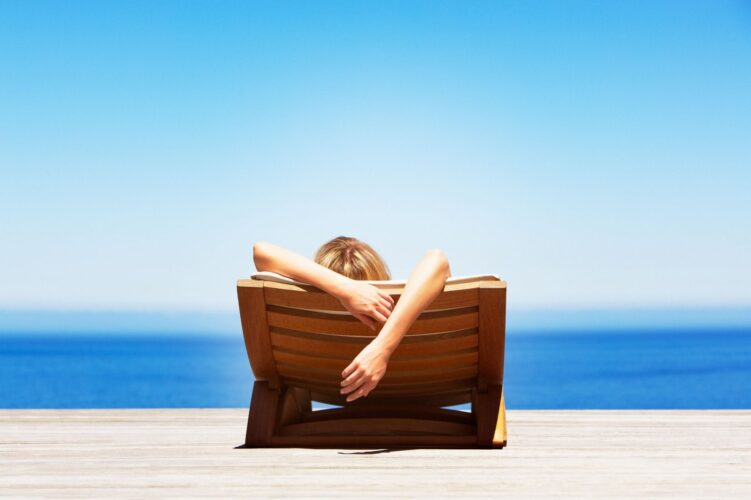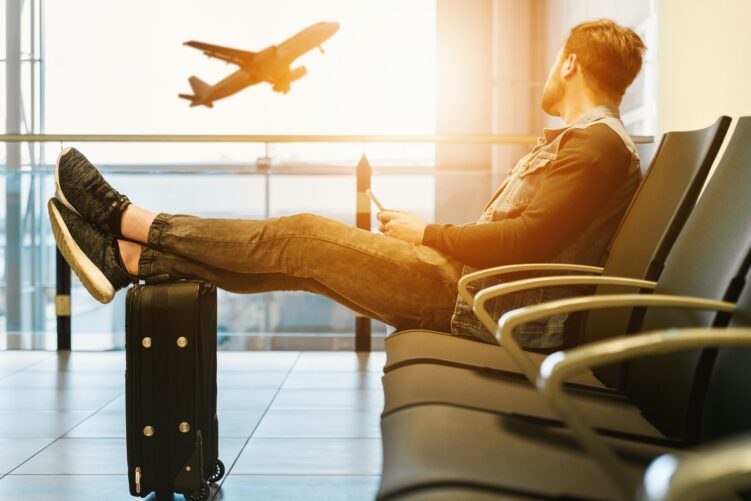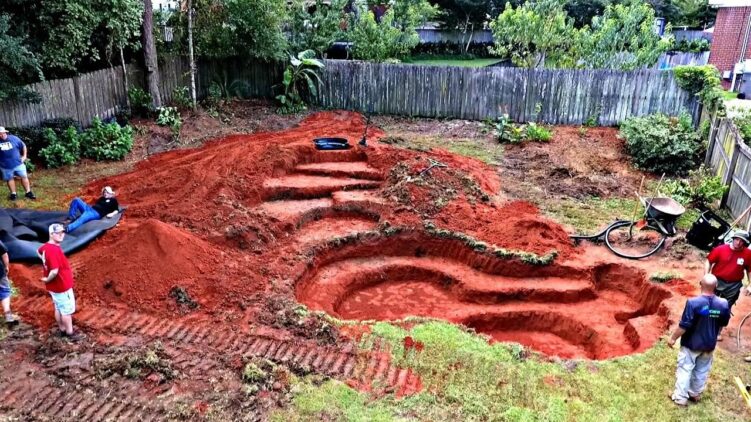Finding a healthier work life balance is not always about making massive lifestyle changes. For most people, the real turning point comes from small but intentional breaks that reset the body and clear the mind.
One of the simplest and most effective methods I have seen, experienced, and consistently recommended is the use of short trips—quick getaways that fit into a weekend, a random weekday off, or even just 24 hours away from your usual environment.
The concrete truth is this: short trips create psychological distance from work, reduce stress hormones, and interrupt the cycle of chronic busyness.
You do not need a two-week vacation; even a one-night change of scenery can restore focus, creativity, and emotional stability.
Short trips work because they are achievable. You do not delay them for “when things calm down,” the way most people postpone long holidays.
They cost less, require little planning, and—most importantly—fit real life. People who travel frequently in small bursts report feeling more rested, more connected to their personal life, and more in control of their time.
In the sections below, you’ll see exactly why short trips work, how to structure them, how to avoid common planning mistakes, and how to integrate them into a demanding work routine without disrupting anything. The goal is a practical, realistic system you can rely on all year long.
Why Short Trips Are So Effective for Work-Life Balance

Short getaways trigger a reset mechanism in the brain. When you step outside your usual routine, even for 24 hours, your senses are forced to pay attention again.
You notice details instead of rushing through them. You breathe more slowly. Your thoughts widen instead of looping around tasks, meetings, and deadlines.
The psychological benefits come from three major factors:
- Instant cognitive detachment
Your brain stops associating your environment with work. A different room, different view, or different city creates immediate distance. - Reduced stress chemicals
According to multiple studies from stress-research centers worldwide, even a brief change of environment lowers cortisol levels noticeably. - Improved creative thinking
A short break boosts divergent thinking—your ability to see new solutions instead of only reacting to problems.
These effects often show up faster with a short trip than with a long trip because shorter plans create less stress around preparation, money, and timing. You get the clarity without the pressure.
The Best Types of Short Trips for Mental Reset

Different types of getaways suit different personalities. Some people reset best through nature, others through social energy, and others through silent solitude.
Comparison Table: Types of Short Trips and What They Improve
| Type of Trip | Best For | Mental Effects | Typical Duration |
| Nature escape (mountains, lakes, rural cabins) | Exhaustion, digital overwhelm | Deep relaxation, lower heart rate | 1–2 days |
| City micro-trip | Creative block, social fatigue | Renewed stimulation, novelty | 24–48 hours |
| Wellness day (sauna, massage, spa) | Stress, anxiety, poor sleep | Physical and emotional decompression | Half day–1 day |
| Solo spontaneous trip | Overthinking, burnout | Independence, mental clarity | 1 day–weekend |
| Romantic or companionship-based escape | Emotional reset, loneliness | Oxytocin boost, human connection | 1–2 days |
For some people, a simple change such as booking a quiet room, walking new streets, or spending a night in a boutique apartment is enough to unlock a sense of freedom again.
And for those who value companionship or want to add human connection to their downtime, even meeting someone new while traveling can create a soft emotional reset.
Whether it is sharing dinner, exploring a city together, or simply enjoying pleasant company, these moments add balance and reduce the mental load that builds up during long work weeks.
In some cities, travelers choose curated companionship experiences—such as arranging a guided evening or cultural walkthrough with professional companions mentioned on services like Louisa—to add a layer of social comfort and enjoyment to their short trips in a safe, structured way.
When integrated naturally and respectfully, this type of trip can offer emotional detachment from routine and help people reconnect with themselves.
How Short Trips Improve Productivity When You Return to Work

One of the biggest misconceptions is that breaks are “lost time.” In reality, they are the fuel that makes the rest of your week function better.
1. Improved decision-making
A rested brain makes faster, cleaner decisions. People who take frequent mini-breaks tend to spend less time hesitating or second-guessing.
2. Reduced irritability
Continuous work with no change of environment increases frustration sensitivity. A reset weekend can dramatically reduce how easily you get annoyed on Monday.
3. Increased motivation
Motivation is closely tied to reward cycles. If your life contains only work and recovery, the brain runs out of stimulation. Short trips act as tiny rewards that sustain long-term enthusiasm.
4. Better sleep afterward
Leaving your daily environment for even one night lowers overstimulation from screens, notifications, and responsibilities, making it easier to sleep well.
How to Plan Short Trips Without Stress

The biggest enemy of short getaways is overplanning. The trick is to keep things simple.
Below is a table that shows the difference between stressful planning and practical planning:
| Stressful Planning | Practical Planning |
| Looking for the perfect hotel | Booking anything clean and comfortable |
| Trying to fit too many activities | Choosing 1–2 things max |
| Comparing 10 destinations | Picking the closest one |
| Packing for every situation | Packing for 24–48 hours only |
| Scheduling every hour | Leaving space for spontaneity |
A short trip is not a performance. It is a break.
Give yourself permission for imperfection.
A Simple Framework for a Perfect 24–48 Hour Trip
This structure works almost anywhere and for almost anyone:
1. Leave right after work or early in the morning
The transition from work → new environment is the most important psychological shift.
2. Choose one anchor activity
Examples include:
- walking a lake trail
- dinner in a new part of town
- visiting a local museum
- enjoying a sauna or massage
- exploring a historic center
One activity is enough to create the sensation of “being away.”
3. Add one comfort ritual
This is where balance truly forms. It can be:
- a long bath
- a slow morning coffee
- reading in silence
- a sunset walk
- a companionable shared meal
This combination of new stimulation + comfort is what gives the brain both excitement and rest.
4. Return home before stress returns
Do not wait to become tired again. Leave while the experience is still positive.
Maintaining Work Life Balance Through Micro-Vacations All Year

Short trips work best when they become a regular part of your life rather than a rare event. Think of them as monthly maintenance rather than emergency repair.
Here is a simple frequency guide:
| Work Intensity Level | Recommended Trip Frequency | Example |
| Normal workload | One weekend trip per month | 2 days in a nearby town |
| High workload / stressful months | One 24-hour micro-escape every 2–3 weeks | Overnight wellness stay |
| Burnout recovery | Weekly small escapes | Half-day nature trips, sauna evenings |
| Freelancers / remote workers | Flexible short stays | Working from a hotel or quiet town for 2 days |
Remember: the goal is not to escape life—it is to create a rhythm that keeps you emotionally stable even when work gets demanding.
Why Short Trips Work Better Than Waiting for a Big Vacation
Many people believe “things will be better after my big summer holiday,” but then they return exhausted, overwhelmed again after two weeks at the office, and the cycle repeats.
Short trips avoid this problem because:
- They break stress buildup before it reaches dangerous levels.
- They introduce consistent novelty and stimulation.
- They create a pattern of self-care instead of one-time relief.
- They align with modern, unpredictable workloads.
The real value is that they maintain balance instead of trying to repair it once a year.
Final Thoughts
Work life balance is not a destination—it is an ongoing calibration. Short trips are one of the most effective tools for staying centered, emotionally stable, and mentally sharp. They offer everything people search for in long vacations but without the pressure, cost, or planning stress.
A few thoughtfully placed micro-getaways throughout the year can restore your energy, your focus, your sense of self, and your overall relationship with work. Whether you choose nature, wellness, city breaks, or a social connection experience, the key is simple: step out of your routine, even briefly, and let your mind breathe.




